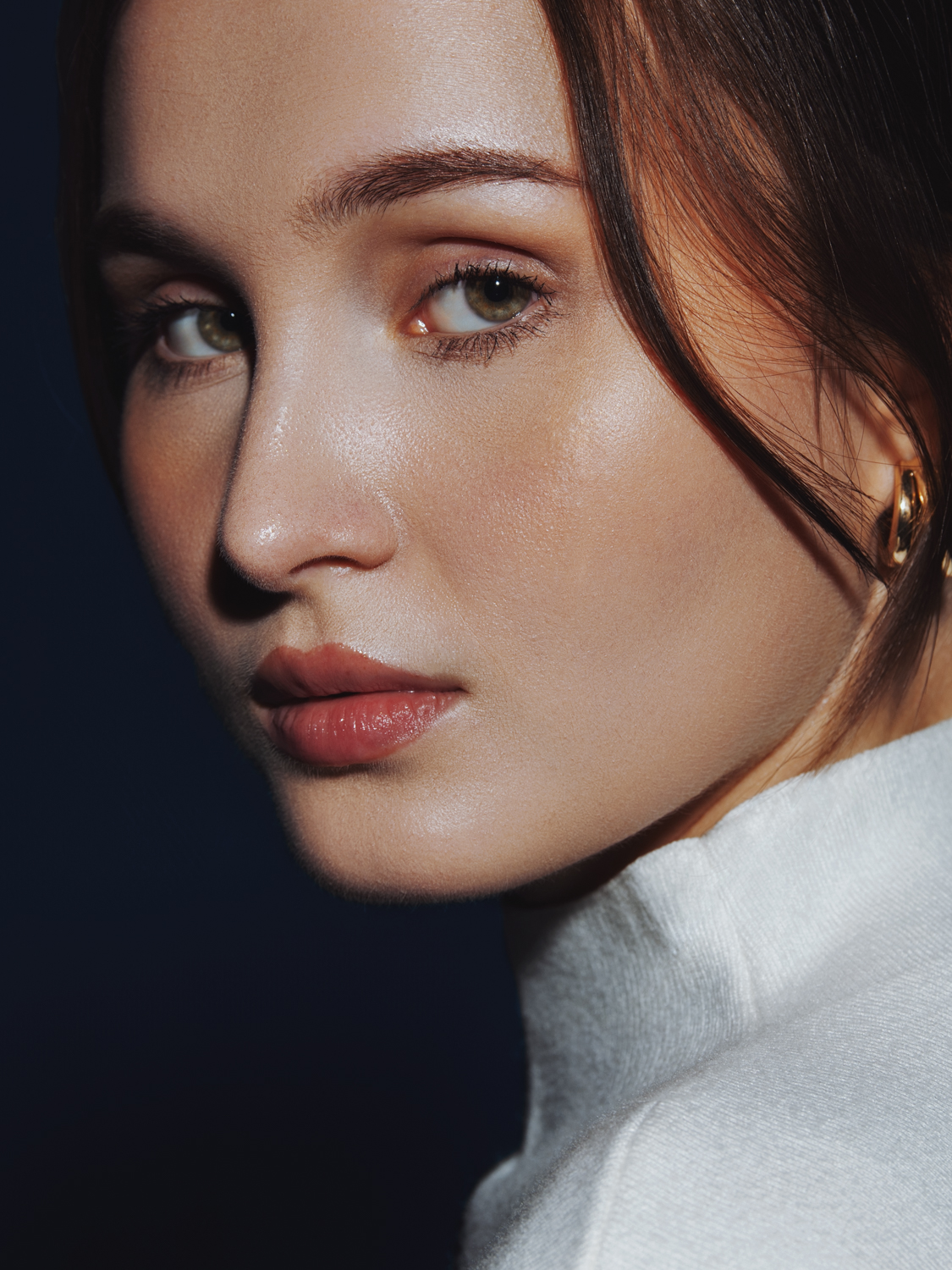I’m starting a short series on hard light sources, a subject that tends to divide photographers into two camps: those who fear it and those who study it.
Over the next few posts, I’ll break down how different modifiers shape specular highlights and contrast: beauty dish, standard reflector, optical spot, soft box, and mixing hard and soft light sources.
This isn’t a class. It’s an exploration of how I use light in my own work and what I’ve learned about controlling it through understanding, not luck.
Hard Light Sources: Intimidating but Predictable
Hard light scares people because it demands comprehension. With a giant soft source, you can stop thinking. The shadows are forgiving, the transitions gentle, the mistakes invisible.
Hard light exposes everything, including your lack of understanding. But it isn’t difficult. It’s misunderstood.
Once you know what governs it, it becomes the most obedient kind of light you can use. It follows rules: geometry, distance, angle, surface. Nothing more, nothing less.
What Makes Light Hard
Light is hard when the size of the light source relative to the subject is small. That’s all it is. Geometry, not magic.
Think of the sun. It’s unimaginably large, but because it’s so far away, it appears tiny in the sky. A small light source relative to us. That’s why sunlight casts sharp shadows and clean edges. If you could bring the sun close enough to fill half your sky, the same light would turn soft and wrap around everything.
The same rule applies in the studio. A small source, or one placed far away, sends light from a narrow range of angles, creating defined shadows and crisp specular highlights. A large source, or a small one placed close, sends light from many directions at once, filling its own shadows and softening the edges.
Hardness isn’t about power or brightness. It’s about geometry and distance. Move a light back and it becomes smaller relative to the subject, harder. Bring it closer and it becomes larger, softer.
Modifiers don’t make light hard by name. A beauty dish, a reflector, even a bare bulb, only shape how the beam spreads. What defines hardness is the ratio between source size and subject distance.
Once you understand that, you stop guessing and start designing.
Why I Love It
What draws me to hard light are specular highlights, those crisp, bright reflections that show exactly what your light is doing. They’re not random white spots; they’re the mirror image of your modifier, printed on the skin.
If the highlight is large and soft edged, your source is large and close. If it’s small and sharp, your source is small or distant. When you learn to read them, you can diagnose any setup from a single frame.
Specular highlights are the truth tellers of light. They reveal shape, angle, and polish. They turn lighting from guesswork into engineering.
The Physics in Simple Terms
Every illuminated surface returns light in two ways.
Specular reflection: light bouncing off the surface layer, like a mirror.
Diffuse reflection: light that penetrates, scatters, and exits, carrying the surface color.
Human skin does both. The thin layer of oil and moisture on the epidermis acts as a mirror, creating those crisp, controlled highlights. The tissue beneath scatters light softly, creating the warm, colored base tone.
The balance between the two defines how glossy, sculpted, or matte the skin appears.
Hard light exaggerates that difference. The highlights become architectural, the transitions deliberate, the shadows precise.
Hard light isn’t difficult. It’s simply unforgiving of confusion and rewarding of clarity. Once you understand its physics, you can make it do exactly what you want.
In the next post we’ll talk about the beauty dish. Theres nothing like it. I will break down the physics, expose and visualize the secret geometry few people have seen, and make it a predictable tool in your hands.
